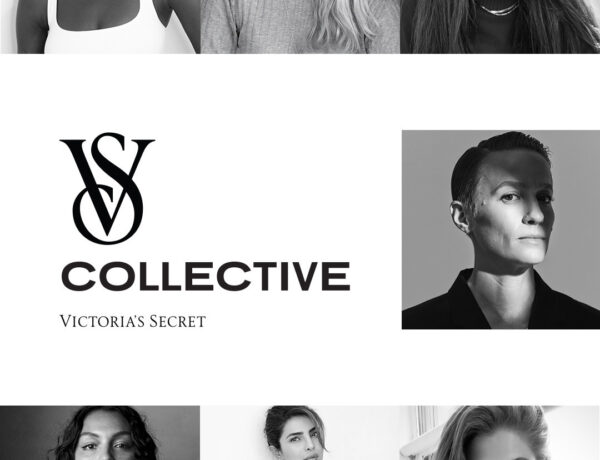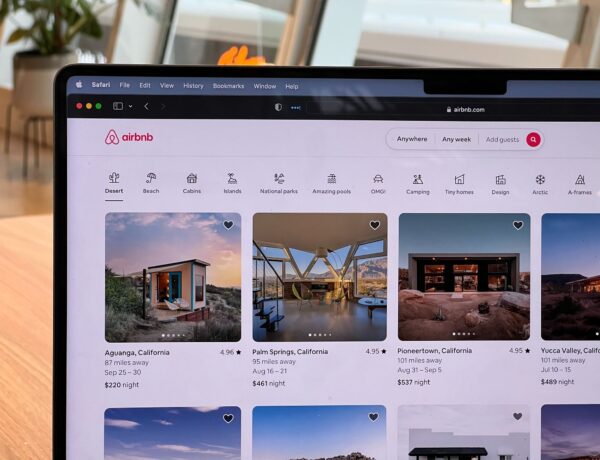In August 2021, the White House partnered with different influencers and content creators throughout various platforms such as Instagram, TikTok, YouTube, and Twitch to promote COVID-19 vaccines. According to the Centers for Disease Control and Prevention, in July 2021, only 40% of Americans age 18–24 were fully vaccinated. To reach a younger demographic, the government created a national campaign with some of the biggest influencers of social media. The campaign’s primary goal was to fight the rise of online misinformation and reduce vaccine hesitancy among young people. The White House press secretary Jen Psaki said that the goal was to “meet people where they are” by using influencers to spread accurate information to larger audiences. Psaki also has acknowledged that, for some people, Biden is not the ideal messenger to calm their fears about the vaccination and that young opinion leaders can help reassure some people.
This campaign shows the importance of influencers and opinion leaders in constructing campaigns aimed to create perceptional and behavioral change with different publics. An opinion leader or an influencer is a person who can influence public opinion in favor of an organization. Members of the public look to influencers as they obtain information, form attitudes and beliefs, and determine actions (Smith, 2021). Throughout history, public health officials and public relations professionals have used celebrities and opinion leaders in their campaigns to reach the public and raise awareness about diverse health issues. For example, in 1956, Elvis Presley got his polio vaccine publicly to reach teenagers that were hard to educate. According to Google’s research on millennials and Gen Z, young people today are more inclined to believe an influencer’s advice than a mainstream celebrity. The social media creators seem more relatable to younger generations since they inhabit a place between celebrities and friends. They use a two-way symmetrical model with their audience by constantly interacting and listening to their followers. Traditional celebrities, on the other hand, seem inaccessible and distant.
Public relations professionals who created this campaign benefited greatly by implementing Grunig’s situational theory. According to Grunig (2006), “the situational theory provides a tool to segment stakeholders into publics, to isolate the strategic publics with whom it is most important for organizations to develop relationships to be effective, and to plan different strategies for communicating with publics whose communication behavior ranged from active to passive.” The White House’s campaign with influencers effectively identified the key public and tailored the communication strategy according to the public’s wants, needs, and preferences. For example, YouTuber Jackie Aina was used to reach out to the Black community. At the same time, pop star Olivia Rodrigo helped reach Generation Z. The influencers could efficiently encourage the wanted behavior by helping increase the publics’ level of problem recognition and personal involvement in the issue while lowering the level of constraints. This was managed by allowing influencers to interview Dr. Anthony S. Fauci, director of the National Institute of Allergy and Infectious Diseases. The influencers were able to ask Dr. Fauci questions that were important to their followers, such as why they should get vaccinated if they were young, whether the vaccine would cause infertility, and if the vaccine would have side effects. To lower the constraint level of these young Americans, the government provided more information about its initiatives to make vaccines more accessible for everyone.
J. E. Grunig and Huang (2000) identified trust, control mutuality, satisfaction, and commitment as key components of a strong relationship between organizations and its publics. The main advantage of influencer marketing is that influencers already have an audience that trusts them. The trust in government, on the other hand, is at a decline. Moreover, the influencers come with a significant following that the White House could not reach through its social media channels. Depending on the number of influencers following, the campaigns could have had different goals. Celebrities and influencers with more than a million followers have a lower engagement rate, i.e., liking and commenting on posts. However, they are beneficial for the campaigns to reach more people and raise awareness. On the other hand, the micro and nano influencers with smaller followings are generally better at interacting with their followers and have more engaged audiences. However, the engagement rates could not only be measured through social media interaction. Dhanesh (2017) explains that engagement as a communication interaction is not accurate because the silent majority of the public are cognitively engaged, even though they do not communicate actively. Therefore, it is crucial not to rely on social media interactions but to employ environmental scanning to track how the identified public behaves.
The White House campaign with influencers performed very well because public relations professionals identified key publics and communicated with each public accordingly. The strategically conducted collaboration with influencers helped facilitate the communication between health experts and younger generations that trust these young opinion leaders who inspire them. The engagement theory is also applicable to this case because it explains that engagement on social media is not enough to measure the campaign’s effectiveness since many people might be cognitively and behaviorally engaged but would not communicate that in an online sphere.
References
Burgess, E. (n.d.). Social media creators are more influential than celebrities. Influencer Orchestration Network™. https://www.ion.co/millennials-listen-social-media-creators-celebrities
Centers for Disease Control and Prevention. (n.d.). Percent of people receiving COVID-19 vaccine by age and date reported to CDC, United States. Retrieved October 10, 2021, from https://covid.cdc.gov/covid-data-tracker/#vaccination-demographics-trends
Dhanesh, S. (2017) Putting engagement in its PRoper place: State of the field, definition and model of engagement in public relations. Public Relations Review, 43(5) 925–933.
Grunig, J. E. (2006). Furnishing the edifice: Ongoing research on public relations as a strategic management function. Journal of Public Relations Research, 18(2), 151–176.
Grunig, J. E., & Huang, Y. H. (2000). From organizational effectiveness to relationship indicators: Antecedents of relationships, public relations strategies, and relationship outcomes. In J. A. Ledingham & S. D. Bruning (Eds.), Public relations as relationship management: A relational approach to the study and practice of public relations (pp. 23–53). Lawrence Erlbaum. Smith, R. D. (2021). Strategic planning for public relations. Routledge.
Psaki, J. (2021, July 6). Press Briefing by Press Secretary Jen Psaki. The White House. https://www.whitehouse.gov/briefing-room/speeches-remarks/2021/07/06/press-briefing-by-press-secretary-jen-psaki-july-6-2021/
Hershfield, H., & Brody, I. (2021, January 18). How Elvis got Americans to accept the polio vaccine. Scientific American. https://www.scientificamerican.com/article/how-elvis-got-americans-to-accept-the-polio-vaccine/





No Comments